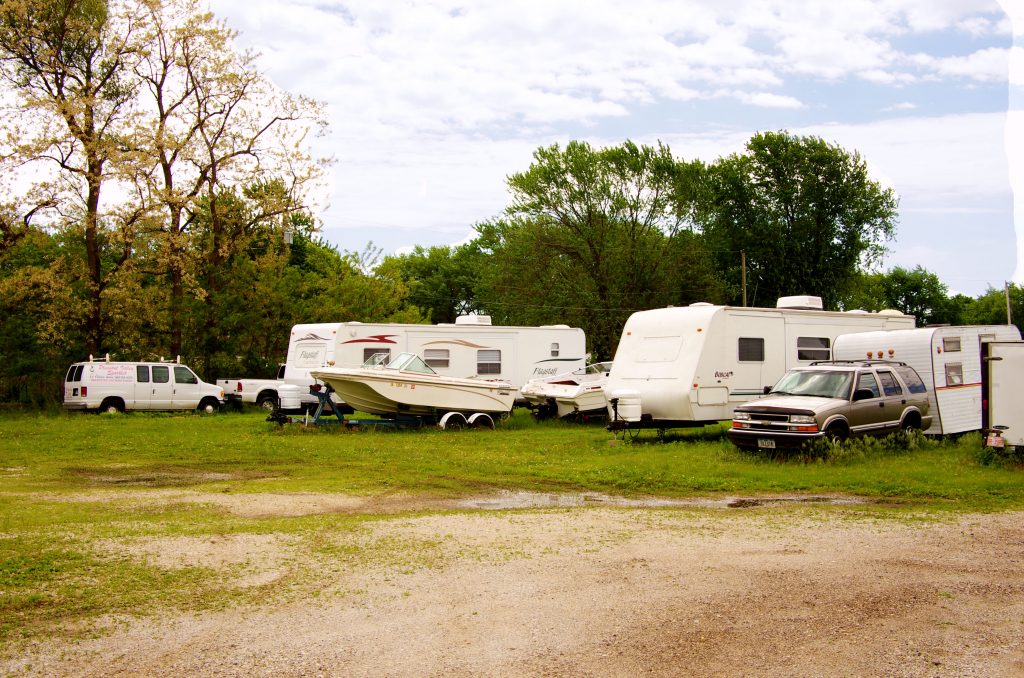
Whether you’re a first-time RVer or a seasoned owner, storing your vehicle for the winter months is an important part of maintenance. Prepping for winter RV storage requires time, and there are several points to take into consideration before the cold hits. It’s more than just remembering to put antifreeze in your RV’s water system!
RV Storage Prep
When you start to work through your RV storage checklist, preparation procedures are divided into two sections: the coach and the chassis.
Coach
- Be sure to avoid storing your RV near trees. It’s also best to avoid parking it on a grassy area.
- It is important to find a well-ventilated RV cover. This will help to prevent mildew buildup that can lead to mold.
- Make sure that your tires are inflated and covered.
- To avoid sun-bleaching on your furniture, be sure that all blinds and covers are down and securely in place throughout the winter months. This also helps to prevent rodents from taking shelter in your vehicle.
- Make sure that the main LPG supply valve is turned off. You’ll also want to cover any vents to prevent insects from finding their way inside.
- Be sure to remove any perishable items from the refrigerator, drawers, and cabinets. This is also a good time to defrost and clean your refrigerator.
- Bonus tip: Leaving some baking soda in the ridge with the door open will help to alleviate any odors that may occur during the winter months.
Chassis
- Before storing your RV, you should be sure to change the oil.
- It is important to check the antifreeze levels in the radiator. The type of antifreeze for your vehicle can be found in your owner’s manual.
- You will need to store your RV’s battery separately to avoid any potential damage or drainage due to moisture or temperature drops.
- Bonus tip: When removing the battery, always take off the negative terminal first!
- While your vehicle is in storage, it is important that you add fuel stabilizer periodically. You will also want to run the engine on idle every two months for at least two hours to ensure that the fuel can circulate throughout the system. You should also do this for the generator.
After all of the above is completed, you can be sure of a smooth transition back in the spring.
Looking for a self-storage space for your RV this winter? We have spaces available at all of our locations. Click here to learn more!
